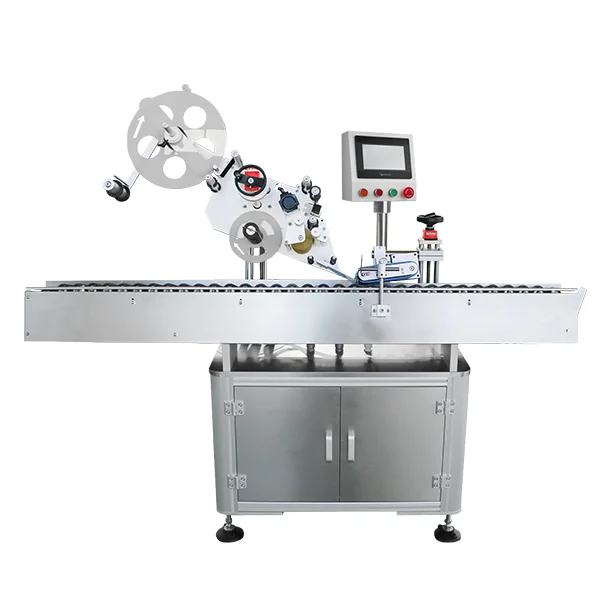Ventilation is a critical aspect of maintaining a healthy living environment, particularly in homes with crawl spaces or basements. Proper ventilation under a house not only helps to control moisture levels but also prevents the buildup of harmful gases, reduces allergens, and enhances overall air quality. This article delves into the intricacies of under-house ventilation, offering practical strategies and insights to ensure your home remains safe and comfortable.
Understanding the Importance of Under-House Ventilation
Before diving into the methods of ventilating under a house, it’s essential to understand why this practice is crucial. Poor ventilation can lead to several issues, including:
- Moisture Accumulation: Excess moisture can cause wood rot, mold growth, and attract pests, leading to structural damage and health risks.
- Air Quality Deterioration: Stagnant air can harbor allergens, dust, and pollutants, contributing to respiratory issues for occupants.
- Energy Inefficiency: Inadequate ventilation can lead to temperature imbalances, causing heating and cooling systems to work harder, thus increasing energy bills.
Assessing Your Under-House Environment
Before implementing ventilation strategies, it’s vital to assess your under-house environment. Here are some steps to consider:
- Inspect for Moisture Issues: Look for signs of dampness, mold, or water intrusion. A moisture meter can help quantify humidity levels.
- Evaluate Existing Ventilation: Check for existing vents, their sizes, and their locations. Ensure they are not blocked or damaged.
- Consider Local Climate: The climate in your area will influence your ventilation needs. Humid climates may require more aggressive moisture control, while drier climates may focus on air circulation.
Effective Ventilation Strategies
- Passive Ventilation Systems:
- Vents: Install foundation vents to allow fresh air to circulate. These vents should be placed on opposite sides of the structure to promote cross-ventilation.
- Airflow Management: Ensure that vents are unobstructed by debris, insulation, or vegetation. Consider using louvered vents that can be closed during extreme weather.
- Active Ventilation Solutions:
- Exhaust Fans: Installing exhaust fans can help expel stale air and moisture. These fans should be strategically placed to maximize airflow.
- Dehumidifiers: In areas with high humidity, a dehumidifier can effectively reduce moisture levels. Ensure it is appropriately sized for the space.
- Insulation Considerations:
- Insulate Ductwork: If your home has ductwork running through the crawl space, ensure it is insulated to prevent condensation and energy loss.
- Seal Gaps: Use caulk or spray foam to seal gaps in the foundation and around pipes to prevent unwanted air exchange.
- Utilizing Natural Ventilation:
- Stack Effect: Leverage the stack effect by designing your home to allow warm air to rise and escape through higher vents, drawing in cooler air from lower vents.
- Window Placement: If applicable, consider installing windows in the crawl space that can be opened to enhance airflow during favorable weather conditions.
Maintenance and Monitoring
Once you have established a ventilation system, ongoing maintenance is essential:
- Regular Inspections: Conduct periodic checks for signs of moisture, mold, or pest infestations. Early detection can prevent costly repairs.
- Clean Vents and Fans: Ensure that all vents and fans are clean and functioning properly. Dust and debris can significantly reduce their effectiveness.
- Monitor Humidity Levels: Use a hygrometer to keep track of humidity levels. Ideally, indoor humidity should be between 30-50%.
Conclusion
Ventilating under a house is not merely a matter of installing vents; it requires a comprehensive understanding of your home’s unique environment and the implementation of tailored strategies. By prioritizing proper ventilation, you can protect your home from moisture-related issues, improve indoor air quality, and enhance energy efficiency. Regular maintenance and monitoring will ensure that your ventilation system remains effective, contributing to a healthier living space for you and your family.


